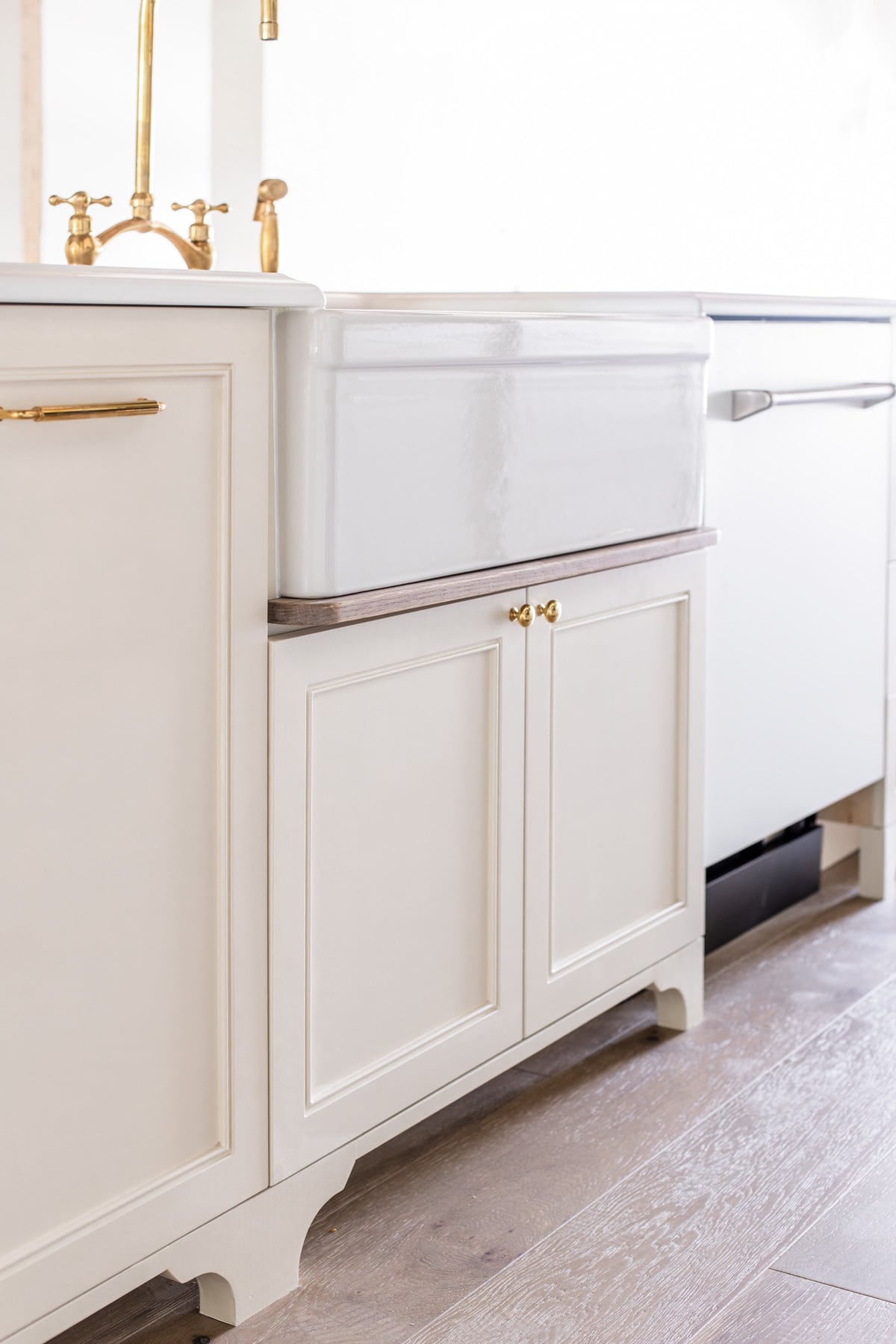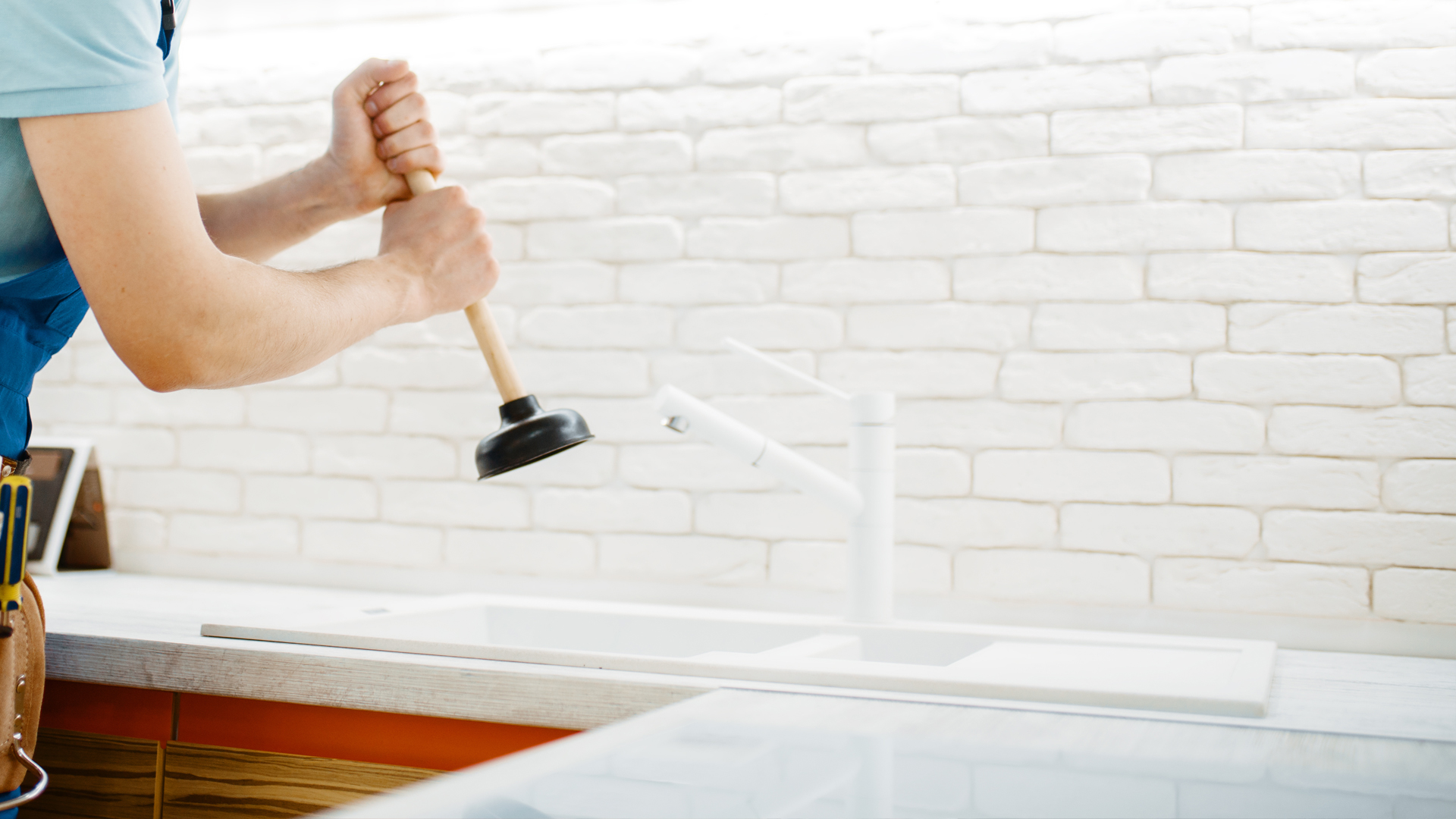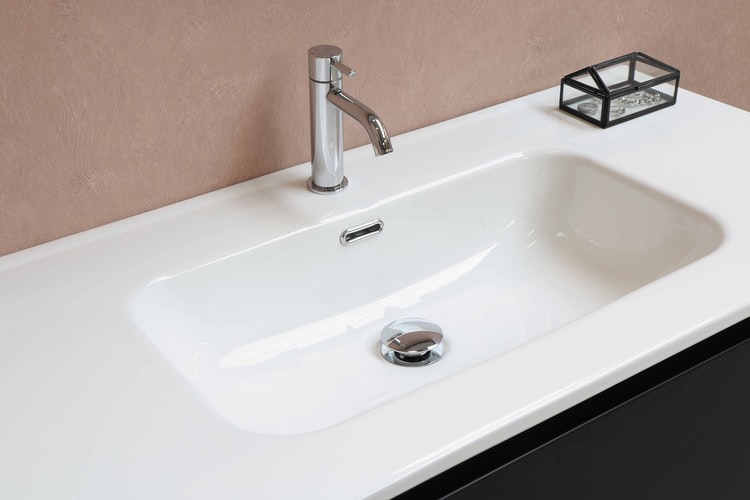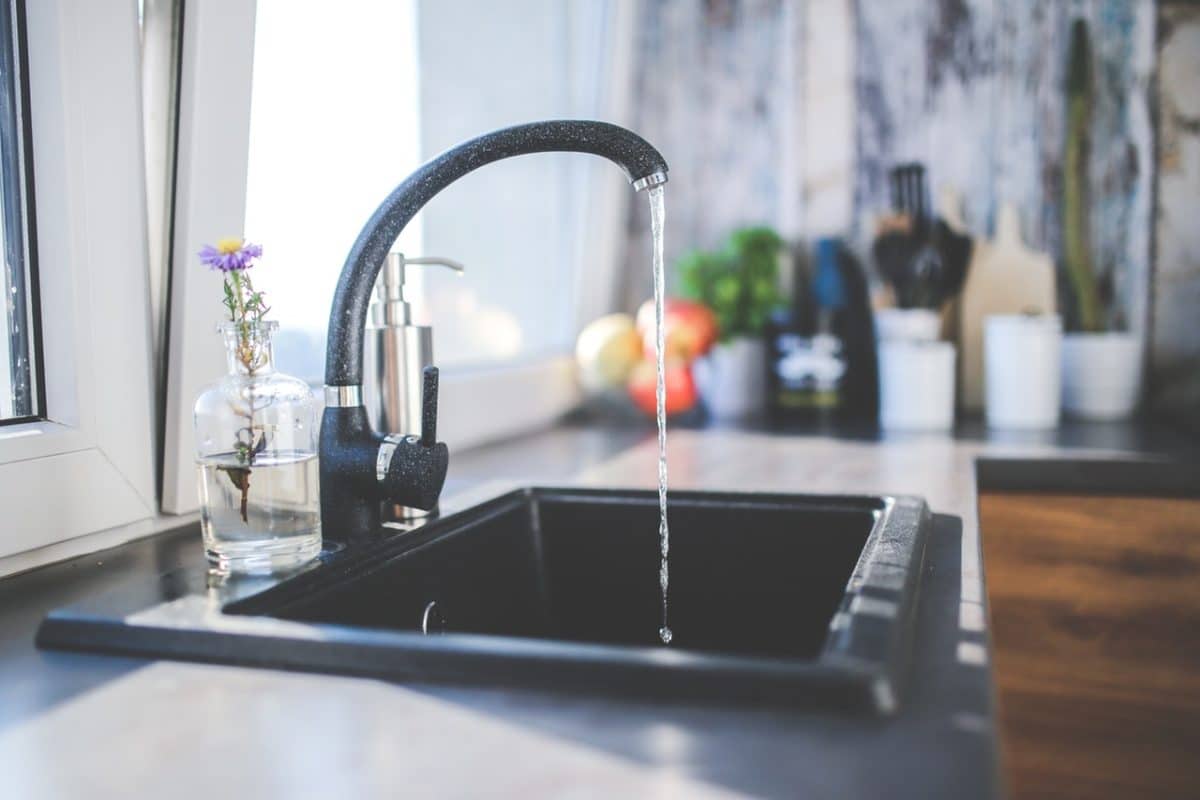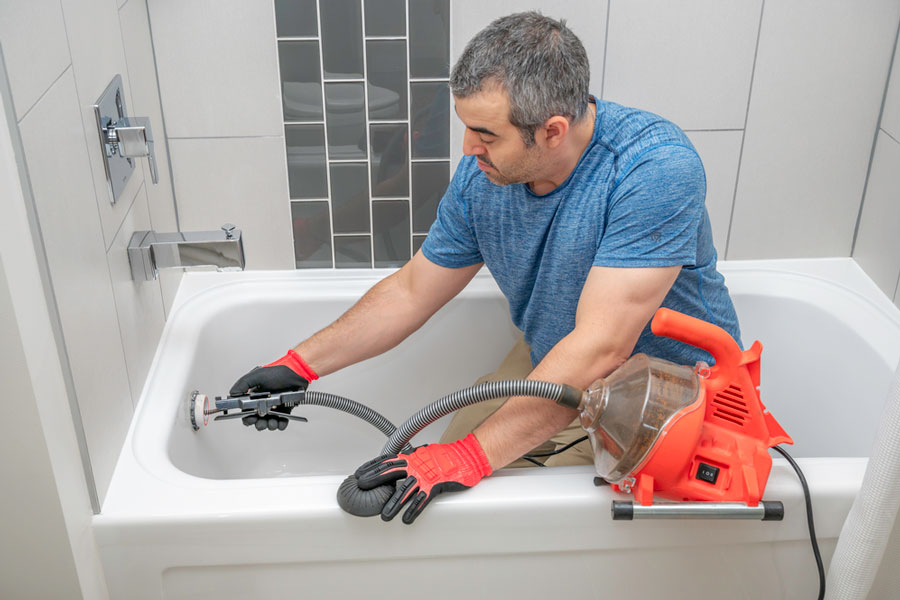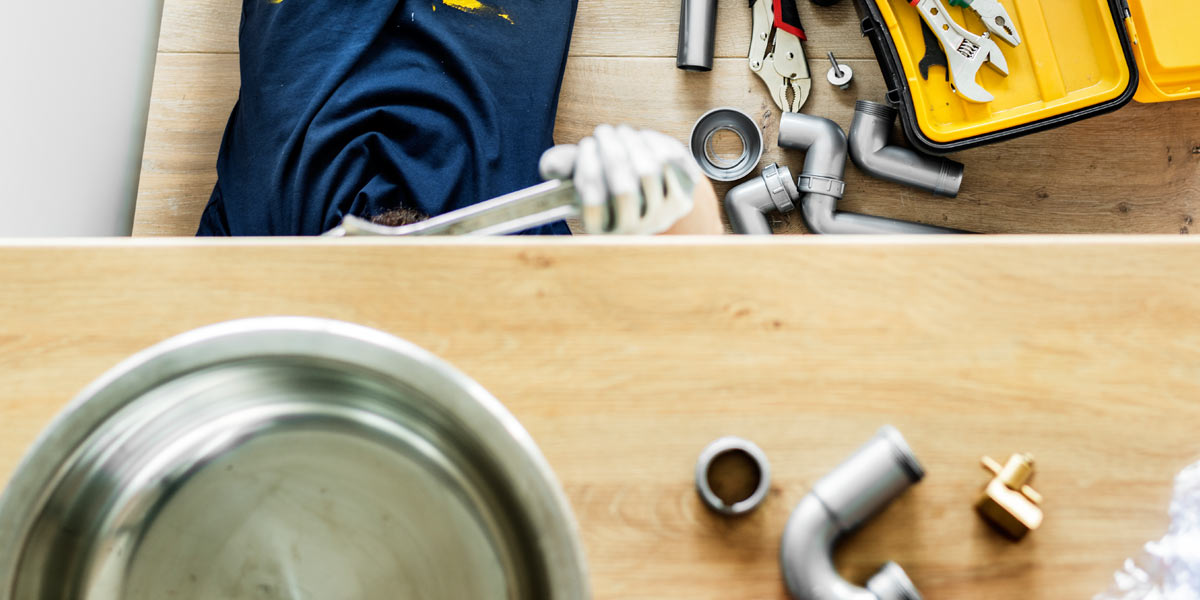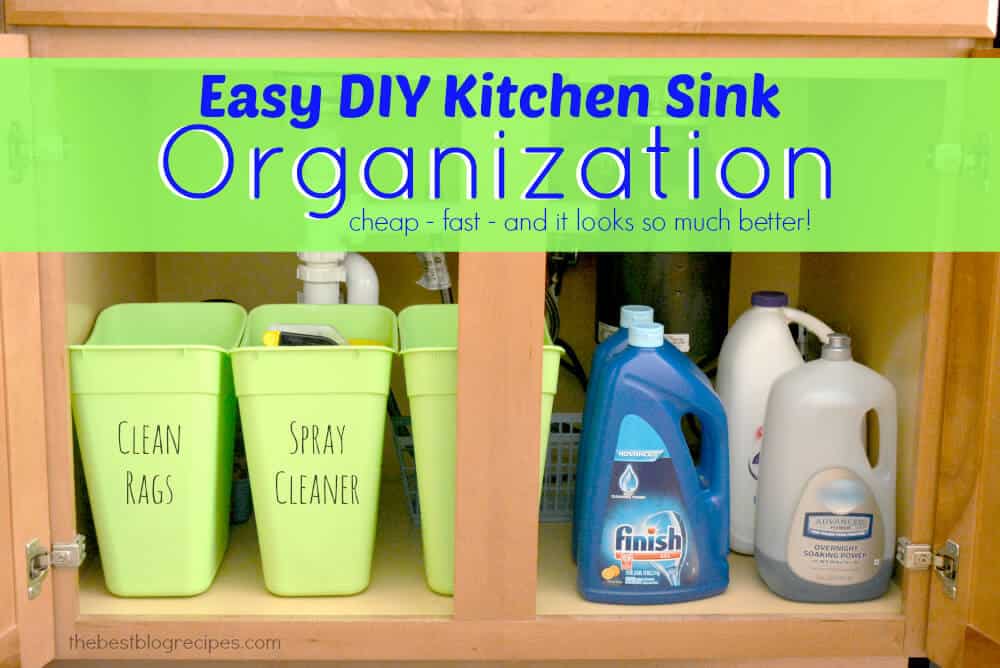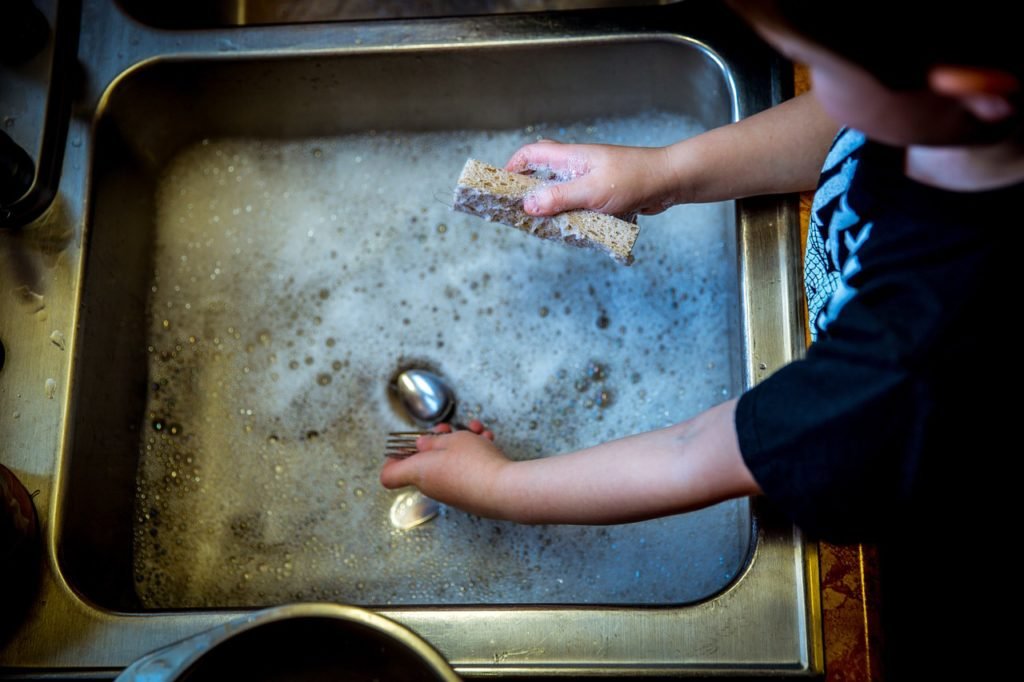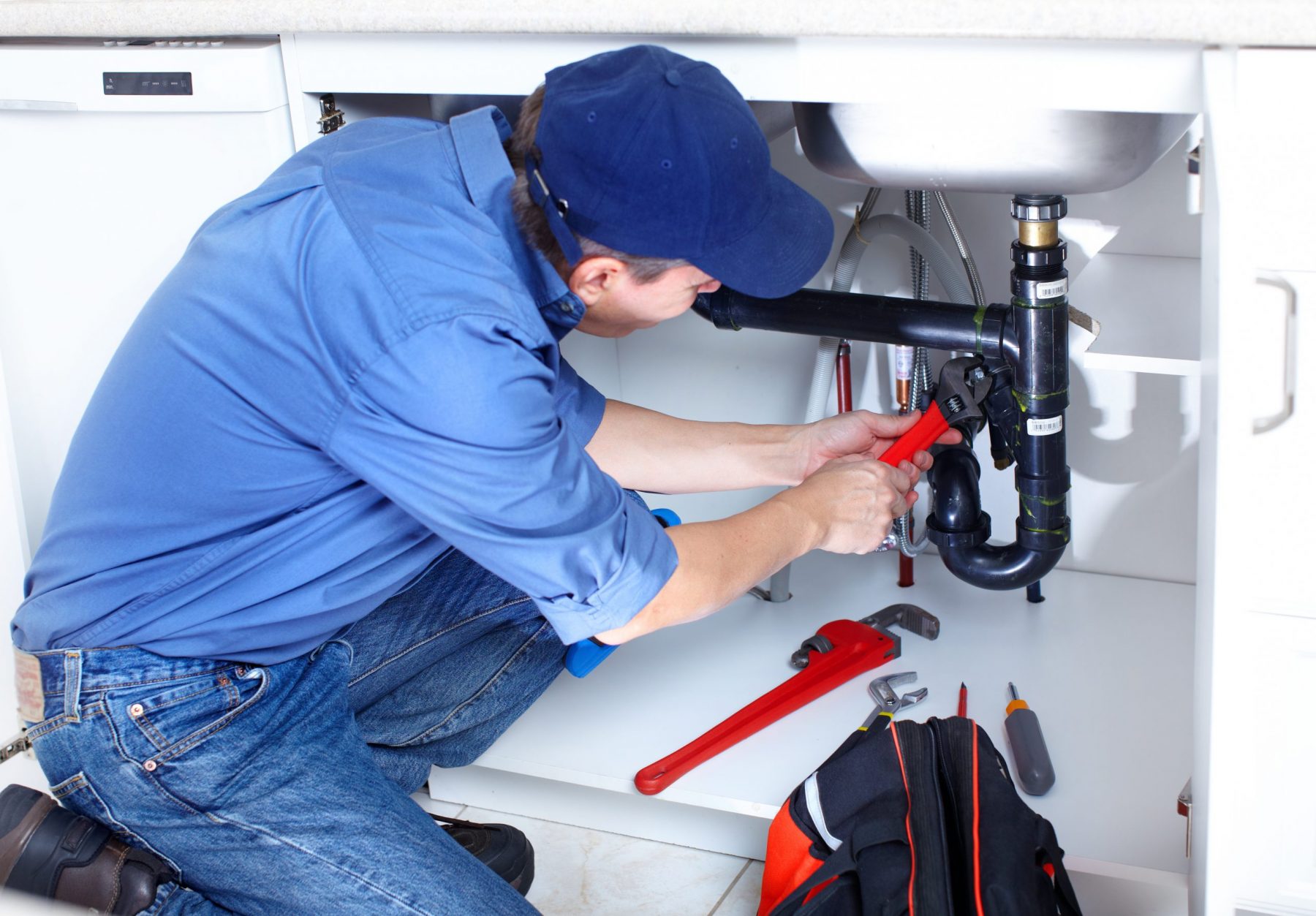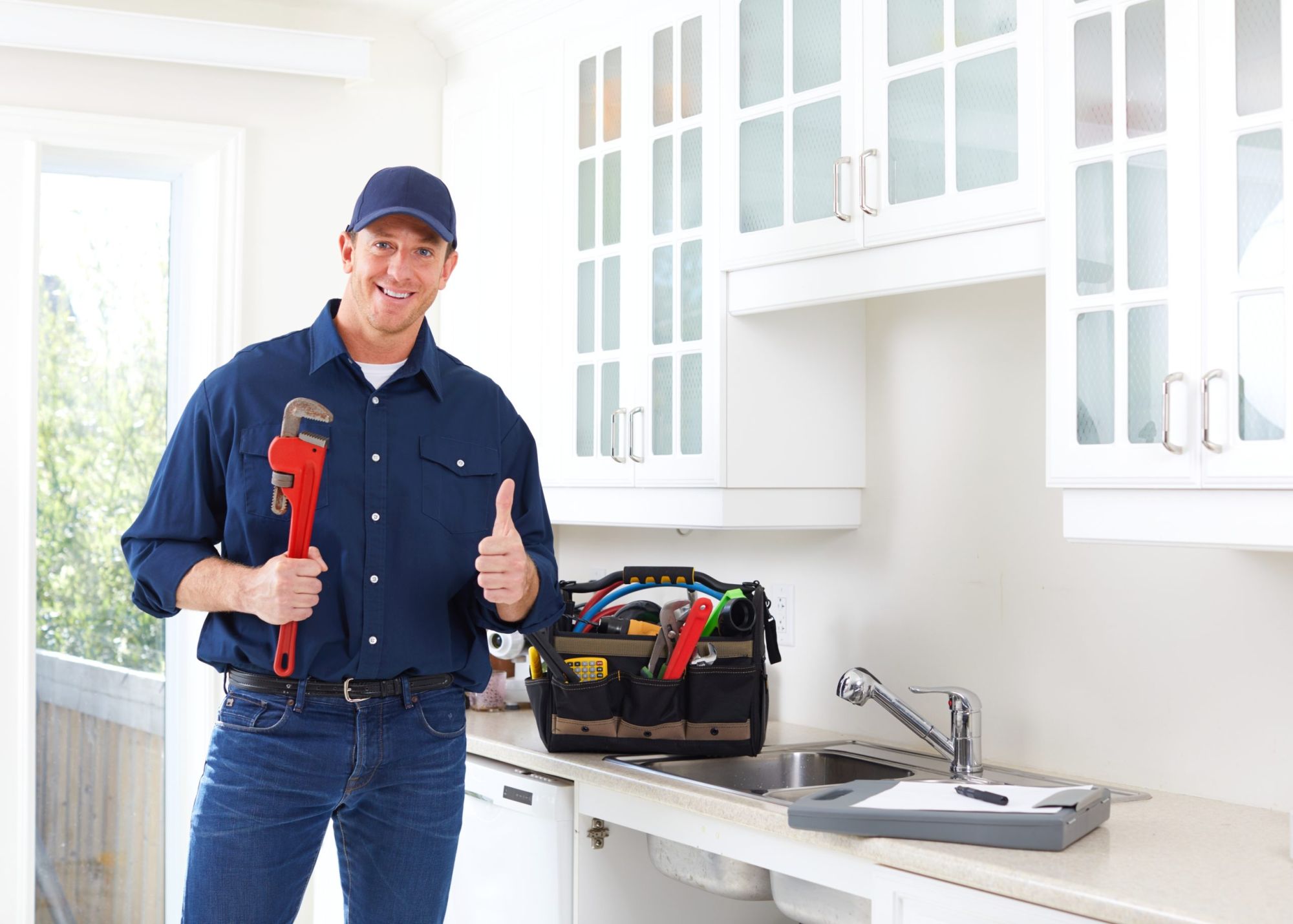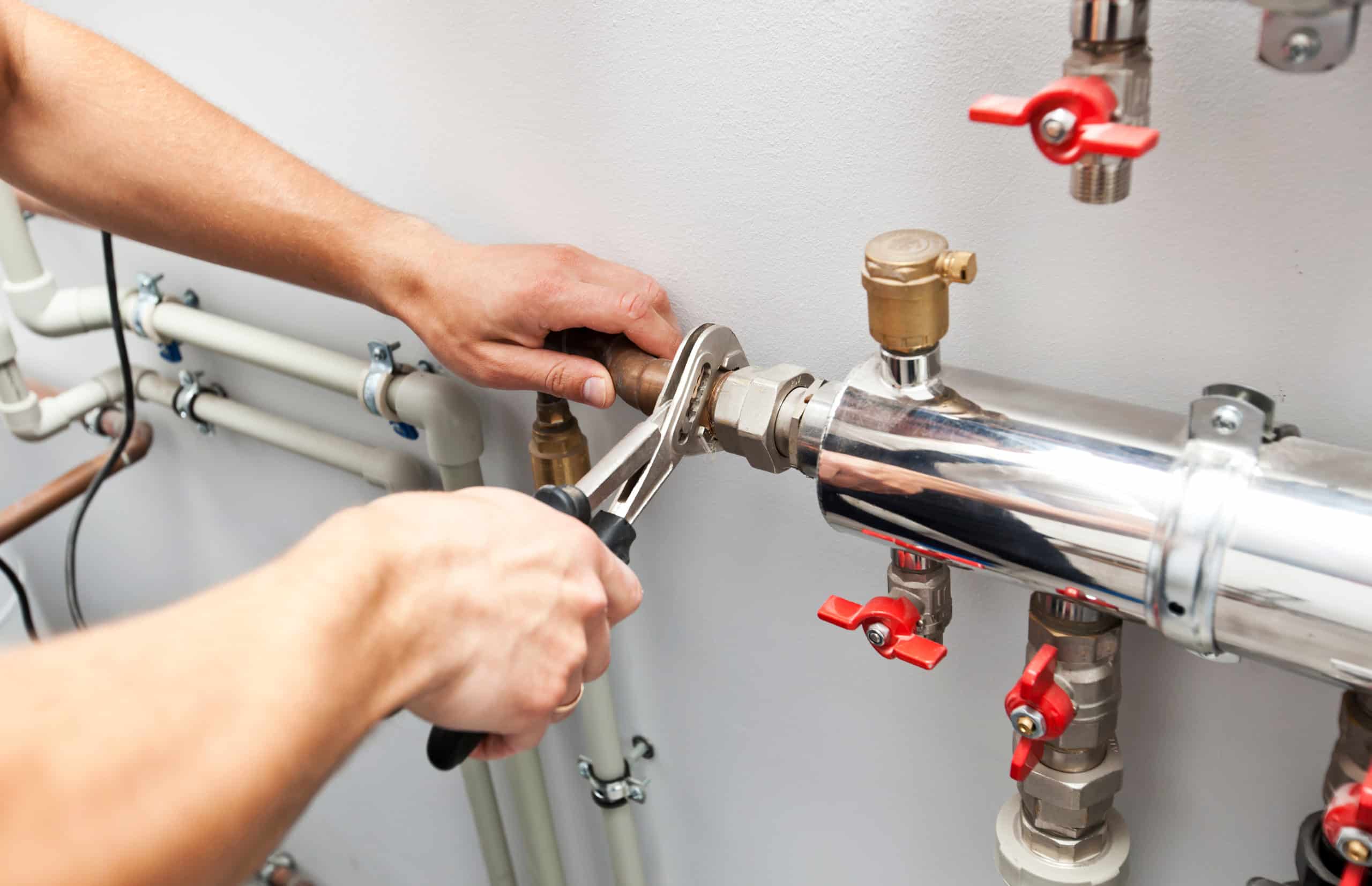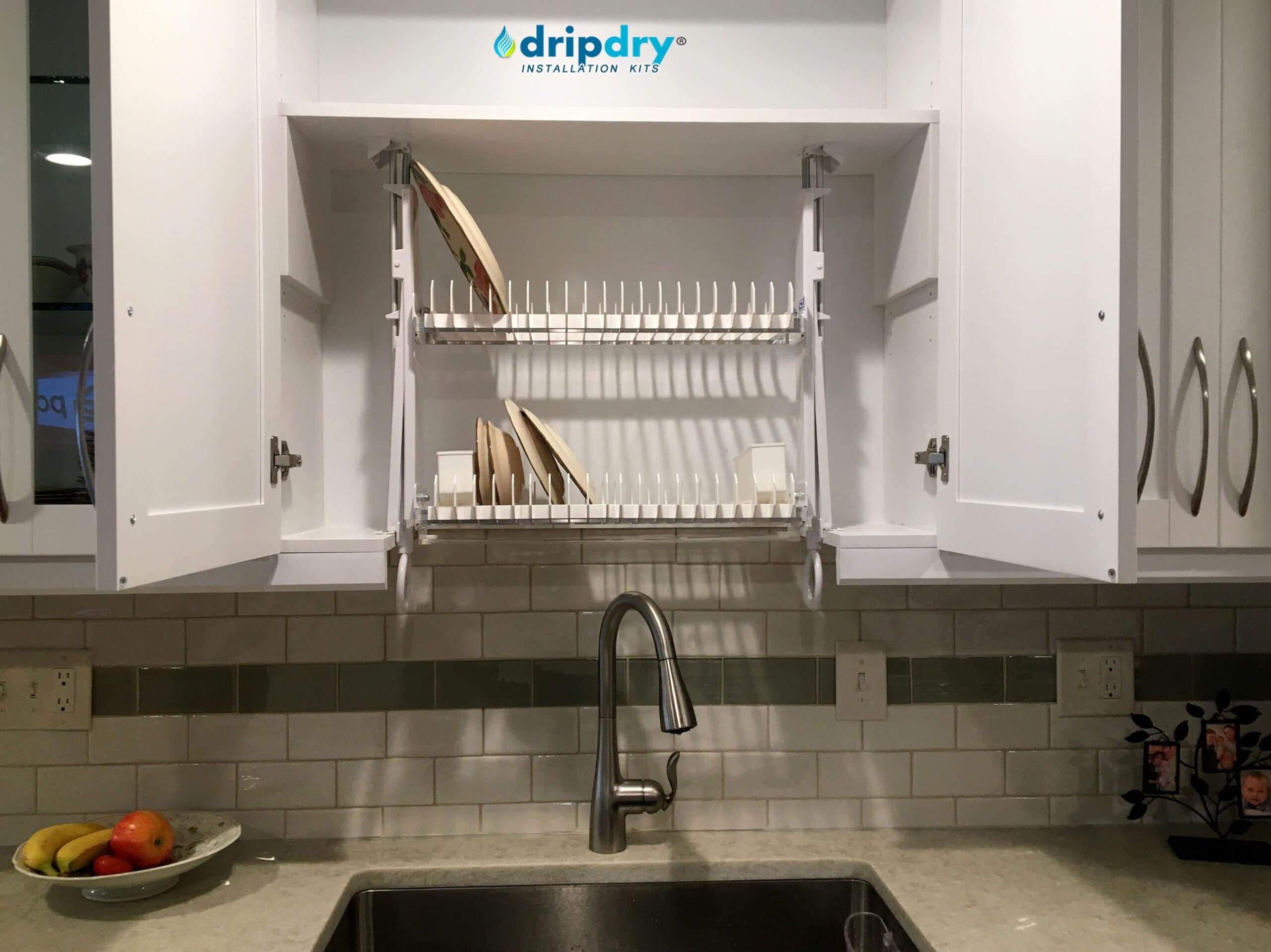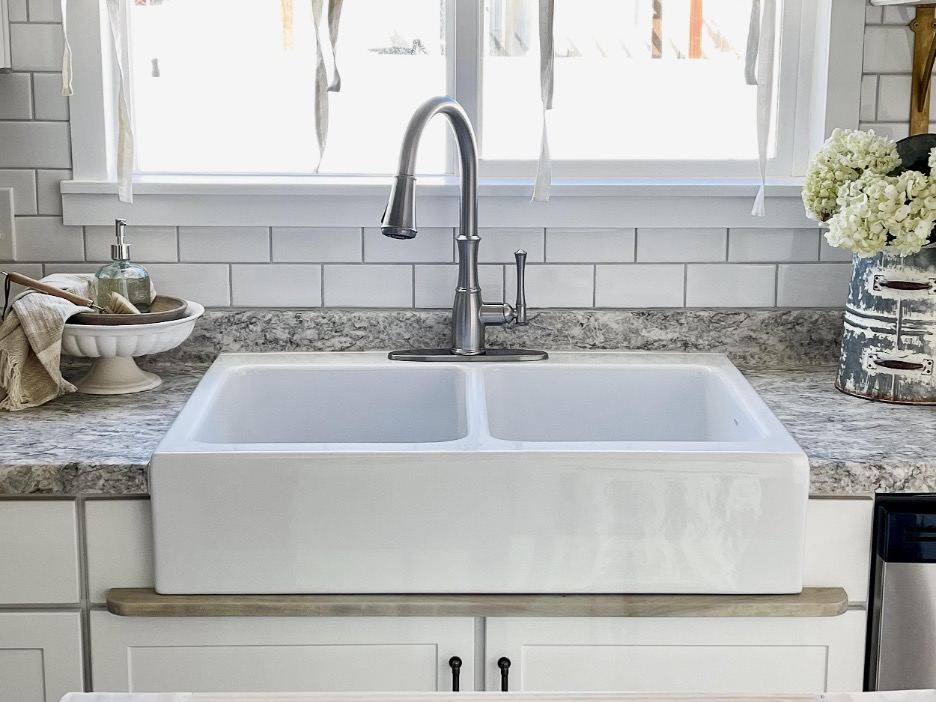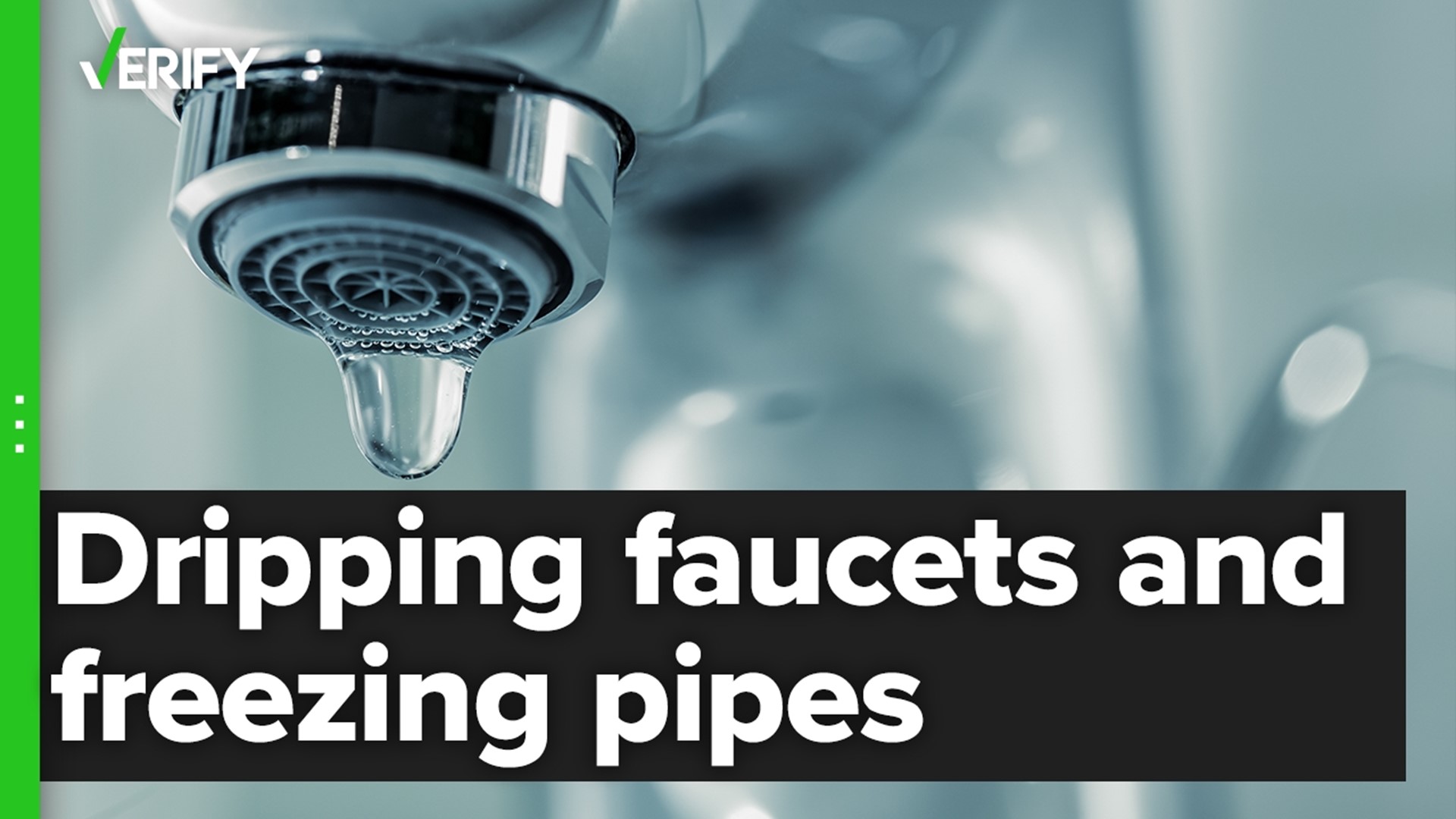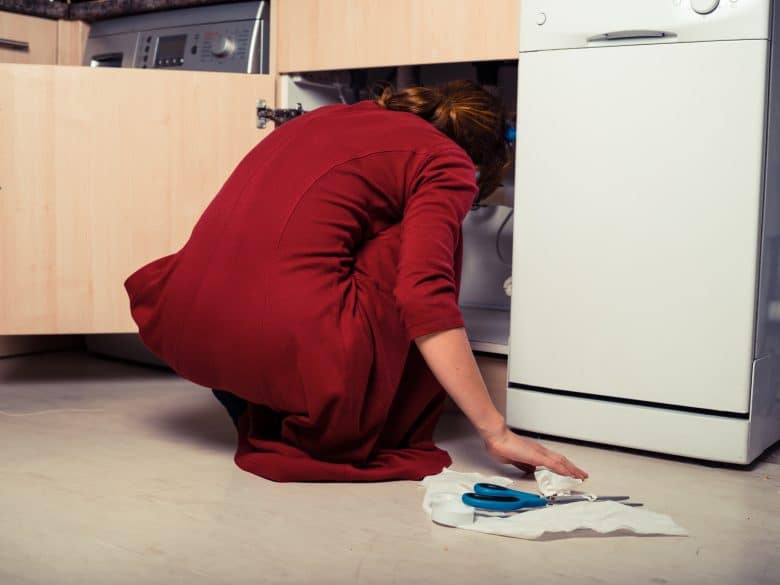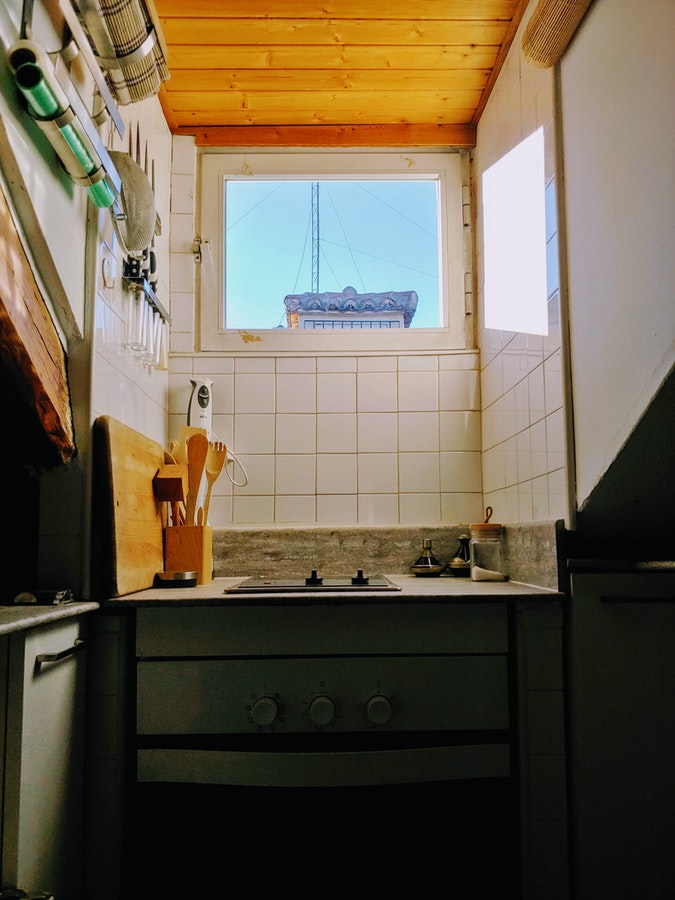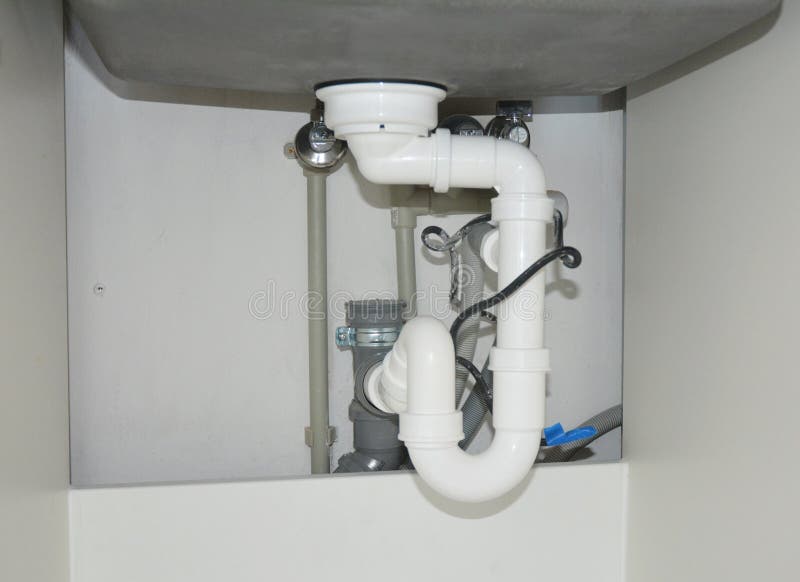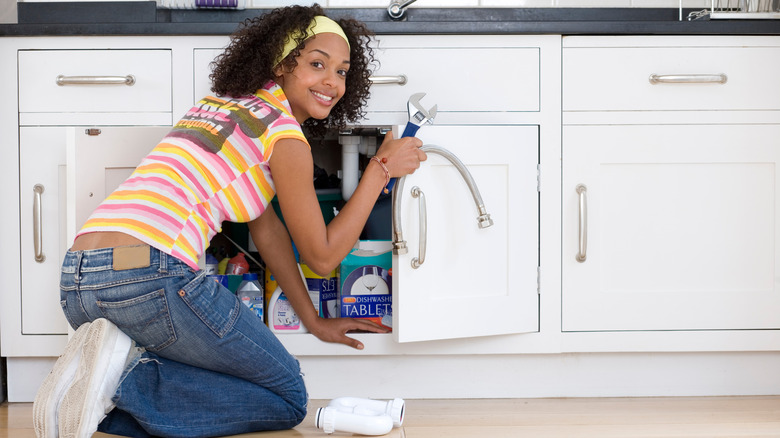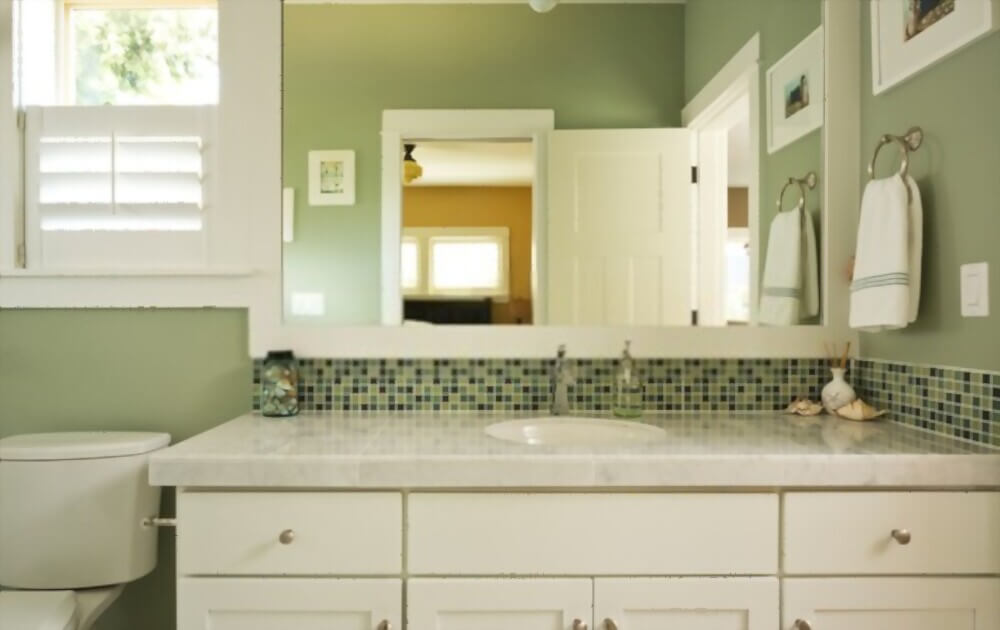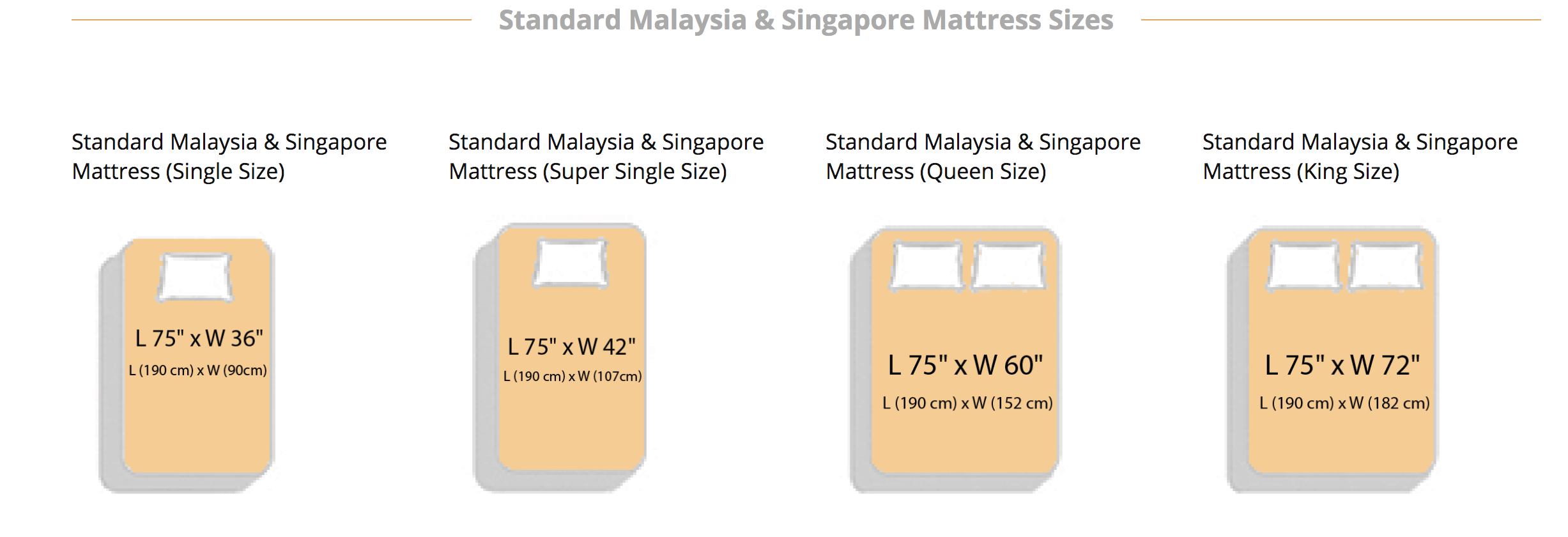If you've noticed a slow drip under your kitchen sink, don't ignore it. Even a small drip can waste gallons of water and lead to costly water damage. Luckily, fixing a slow drip is a relatively easy task that can be done in a few simple steps. The first step in fixing a slow drip under your kitchen sink is to identify the source of the leak. This will help you determine the best course of action for fixing the problem. So grab a flashlight and let's get started!How to Fix a Slow Drip Under the Kitchen Sink
There are a few common reasons why you may have a slow drip under your kitchen sink. One of the most common causes is a worn-out or faulty faucet. Over time, the seals in your faucet can wear down, causing water to leak out. Another common cause is a loose or worn out pipe connection, which can also lead to a slow drip. In some cases, a slow drip under the kitchen sink may be caused by a faulty garbage disposal or dishwasher hose. These appliances can also develop leaks over time, causing water to drip down into the cabinet below.Common Causes of a Slow Drip Under the Kitchen Sink
If you're handy with tools and want to save some money, you can try fixing the slow drip yourself. The first step is to turn off the water supply to the sink. This can usually be done by turning the shut-off valves located under the sink in a clockwise direction. Next, use a wrench to unscrew the nut that connects the faucet to the water supply line. Inspect the seals and gaskets for any signs of wear and tear. If you notice any damage, replace them with new ones. You can find replacement parts at your local hardware store. If the slow drip is caused by a loose pipe connection, use a wrench to tighten the connections. If the pipe is damaged, you may need to replace it with a new one. In the case of a faulty garbage disposal or dishwasher hose, you can try tightening the connections or replacing the hose altogether.DIY Solutions for a Slow Drip Under the Kitchen Sink
If you're not comfortable with DIY solutions or the problem seems too complex, it's best to call a professional plumber. They have the necessary skills and tools to fix the slow drip and prevent any further damage. A professional plumber can also help you identify the root cause of the slow drip and provide a long-term solution. They can also check for any other potential issues that may lead to future leaks and address them before they become bigger problems.Professional Plumbing Services for a Slow Drip Under the Kitchen Sink
The best way to prevent a slow drip under your kitchen sink is to regularly check for any signs of leaks. Inspect the pipes, connections, and appliances for any wear and tear and address any issues immediately. It's also a good idea to replace old or worn out parts before they cause a problem. Additionally, be mindful of what you put down your garbage disposal and dishwasher to prevent clogs and leaks. Avoid pouring grease, oils, and fibrous foods down the drain, as they can cause buildup and damage to the pipes.Preventing a Slow Drip Under the Kitchen Sink
Aside from the obvious dripping sound, there are a few signs that can indicate a slow drip under your kitchen sink. These include a musty or moldy smell, water stains or damage on the cabinet or floor, and an increase in your water bill. If you notice any of these signs, it's important to address the issue as soon as possible.Signs of a Slow Drip Under the Kitchen Sink
To fix a slow drip under your kitchen sink, you'll need a few basic tools. These include an adjustable wrench, pliers, screwdrivers, and replacement parts such as seals, gaskets, and pipes. If you're not sure which tools you'll need, consult with a professional plumber for guidance.Tools Needed to Fix a Slow Drip Under the Kitchen Sink
As mentioned earlier, the first step in fixing a slow drip is to identify the source of the leak. To do this, turn off the water supply and dry off any water or moisture under the sink. Carefully inspect the faucet, pipes, and connections for any signs of leakage. If you're still unsure, turn the water supply back on and observe where the water is coming from.How to Identify the Source of a Slow Drip Under the Kitchen Sink
If your slow drip is caused by old or damaged pipes, the best solution is to replace them with new ones. This may require some cutting and soldering, so it's best to leave this task to a professional plumber. They can ensure that the new pipes are properly installed and sealed to prevent any future leaks.Replacing Old Pipes to Fix a Slow Drip Under the Kitchen Sink
A slow drip may not seem like a major issue, but it can lead to bigger problems if left unaddressed. It can waste water, increase your water bill, and cause damage to your cabinets and floors. It's important to fix a slow drip as soon as possible to prevent any further damage and save yourself from costly repairs in the future.Importance of Fixing a Slow Drip Under the Kitchen Sink
Why a Slow Drip Under Your Kitchen Sink is a Major Problem

The Dangers of Ignoring a Slow Drip
 When it comes to house design, the kitchen is often considered the heart of the home. It is a place where meals are prepared, memories are made, and families gather. However, with all the cooking and washing that takes place in this busy room, it is no surprise that plumbing issues can arise. One common problem that homeowners may encounter is a slow drip under their kitchen sink. While it may seem like a minor annoyance, a slow drip can actually be a major problem if left unaddressed. In this article, we will discuss the dangers of ignoring a slow drip under your kitchen sink and why it is important to address it immediately.
Water Damage
One of the main reasons why a slow drip under your kitchen sink should not be ignored is the potential for water damage. Even a small leak can cause significant damage over time. The water can seep into the cabinets, flooring, and walls, causing mold and mildew to grow. This not only leads to unpleasant odors and stains, but it can also compromise the structural integrity of your home.
Water damage can be expensive to repair and can even lead to the need for a complete kitchen remodel.
By addressing a slow drip early on, you can avoid these costly and time-consuming repairs.
Wasted Water and Increased Utility Bills
Not only is a slow drip under your kitchen sink wasteful, but it can also lead to an increase in your utility bills. According to the Environmental Protection Agency, a single faucet that drips once per second can waste more than 3,000 gallons of water in a year. This not only adds up on your water bill, but it also puts a strain on the environment. By fixing a slow drip, you can save money and do your part in conserving water resources.
Health and Safety Concerns
A slow drip under your kitchen sink can also pose health and safety concerns. The damp and dark environment created by a leak can attract pests, such as cockroaches and rodents, which can carry diseases and contaminate your food.
Additionally, the water from a leak can come into contact with electrical outlets or appliances, creating a potential fire hazard.
By addressing a slow drip, you can protect the health and safety of your family.
When it comes to house design, the kitchen is often considered the heart of the home. It is a place where meals are prepared, memories are made, and families gather. However, with all the cooking and washing that takes place in this busy room, it is no surprise that plumbing issues can arise. One common problem that homeowners may encounter is a slow drip under their kitchen sink. While it may seem like a minor annoyance, a slow drip can actually be a major problem if left unaddressed. In this article, we will discuss the dangers of ignoring a slow drip under your kitchen sink and why it is important to address it immediately.
Water Damage
One of the main reasons why a slow drip under your kitchen sink should not be ignored is the potential for water damage. Even a small leak can cause significant damage over time. The water can seep into the cabinets, flooring, and walls, causing mold and mildew to grow. This not only leads to unpleasant odors and stains, but it can also compromise the structural integrity of your home.
Water damage can be expensive to repair and can even lead to the need for a complete kitchen remodel.
By addressing a slow drip early on, you can avoid these costly and time-consuming repairs.
Wasted Water and Increased Utility Bills
Not only is a slow drip under your kitchen sink wasteful, but it can also lead to an increase in your utility bills. According to the Environmental Protection Agency, a single faucet that drips once per second can waste more than 3,000 gallons of water in a year. This not only adds up on your water bill, but it also puts a strain on the environment. By fixing a slow drip, you can save money and do your part in conserving water resources.
Health and Safety Concerns
A slow drip under your kitchen sink can also pose health and safety concerns. The damp and dark environment created by a leak can attract pests, such as cockroaches and rodents, which can carry diseases and contaminate your food.
Additionally, the water from a leak can come into contact with electrical outlets or appliances, creating a potential fire hazard.
By addressing a slow drip, you can protect the health and safety of your family.
Conclusion
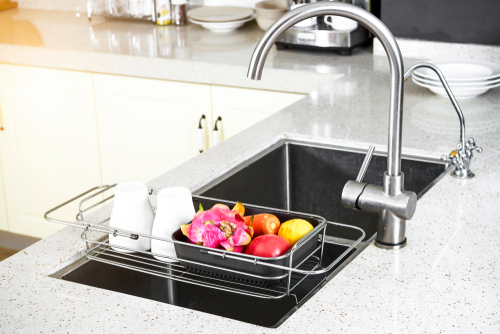 In conclusion, a slow drip under your kitchen sink is not a problem to be taken lightly. It can lead to water damage, wasted water and increased utility bills, and even health and safety concerns. If you notice a slow drip, it is important to address it immediately to avoid these potential dangers. Not only will it save you time and money in the long run, but it will also ensure that your kitchen remains the heart of your home, free from any plumbing issues.
In conclusion, a slow drip under your kitchen sink is not a problem to be taken lightly. It can lead to water damage, wasted water and increased utility bills, and even health and safety concerns. If you notice a slow drip, it is important to address it immediately to avoid these potential dangers. Not only will it save you time and money in the long run, but it will also ensure that your kitchen remains the heart of your home, free from any plumbing issues.
